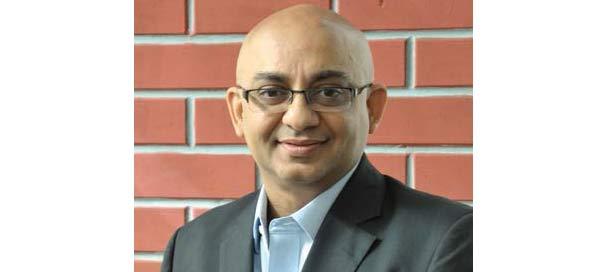He is judging a category where the entries have already proven their worth as far as the creativity of the idea is concerned – the Creative Effectiveness Lions, which measure only the winning entries from last year for their effectiveness. Saurabh Varma, CEO, Leo Burnett, South Asia, talks to us about the tough job of figuring out a campaign’s real impact, India’s prospects, and the need to match up to global standards
Q] Being on a Cannes jury is a matter of great pride; at the same time it is very taxing. What is your approach towards your jury role?
I have done this a few times; not at Cannes but at Spikes and other awards. It is quite an extensive process which I am looking forward to. The quality of entries here would be far superior. Most of the festivals that I have judged in the past are regional ones, while Cannes is global.
Q] What are the qualities you would be looking for in the entries that you judge?
Here, you have the best pieces of work from the previous year being judged for their effectiveness. Every one of them is fantastic. What we have to figure out is which of them have made the maximum impact as far as the client and his business are concerned. How do you really know that this work led to increase in sales for the brand-- what we call ROMI or Return on Marketing Investment. So, we are focusing on figuring out the real impact that a piece of communication or idea had in a market-place. And that’s what I would be looking at. It’s a tough task.
Q] You have always said data is the context that should drive the big idea. Would you be focusing on that particular thought while judging the entries?
The question is not about whether the idea is data-driven; it is about what is the objective of the campaign and what is it that you are trying to change. Data becomes important if there is a behaviour that you wanted to change. Then there should be some data around the previous behaviour for comparison… to find out if your idea really brought about a change.
Q] Do you think accepting only winning entries from last year limits the scope of this category?
It’s always a good idea to only let the big winners enter next year because that way, you are not at least questioning the quality of the idea, so that’s out of the way. That these are fantastic ideas has already been validated, because they have won an award. Now this in my mind is the epitome of that creativity - the next year, we get into the details of what its impact was in the marketplace and the client’s business. So this is the ultimate, and for me, this is what this show is all about.
Q] What are India’s prospects in the Creative Effectiveness category this year?
I think our chances are bright because we have some real good work which won last year, like the first Glass Lions Grand Prix for ‘Touch the Pickle’. I am looking forward to finding out what its impact has been in the market-place. But as a country, we do stand a good chance.
Q] Tell us about the exceptional pieces of work from last year that stand a chance in the Creative Effectiveness category overall?
All the big Cannes winners last year stand a chance, as far as I am concerned. Just that now we shall have to start understanding their impact in the market-place. That’s what the entries will need to demonstrate.
Q] India dropped from 12th position in 2014 to 18th in 2015 in the Cannes Lions Global Creativity Index, where are we going wrong?
We are very inward-looking as a country with local award shows as our benchmark. Leo Burnett doesn’t enter the local shows because our focus is just global work, and we benchmark ourselves against the best in the world. Until the time everyone does that, we will have a big success in one year and not so big one in the very next. So, as a country, we have got to change our perspective to what works globally. If our benchmarks are not global, we are not going to be able to compete at a world level.
NEETA NAIR
neeta.nair@exchange4media.com
























